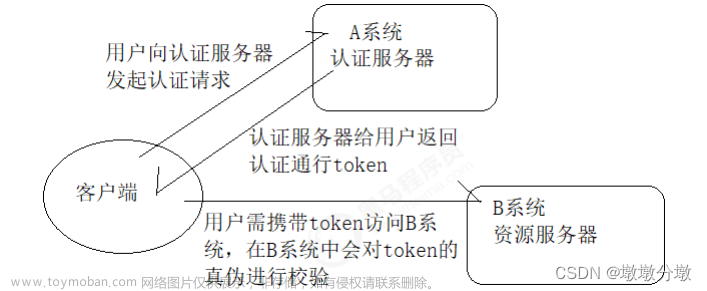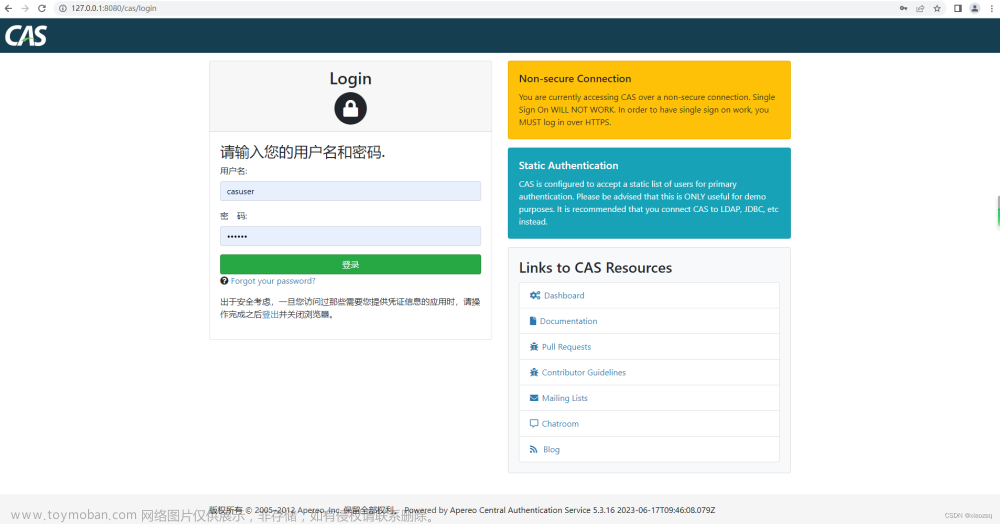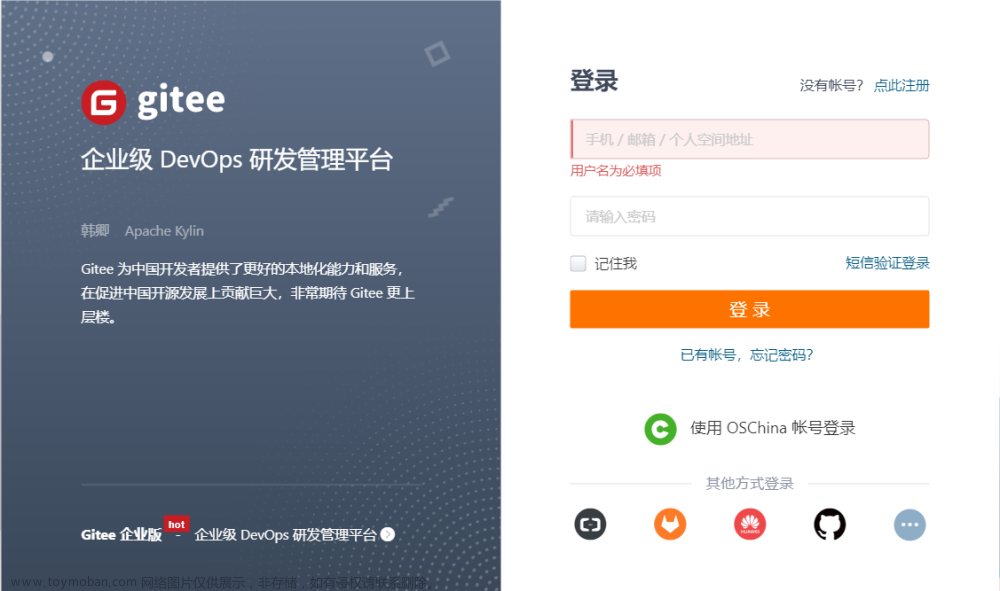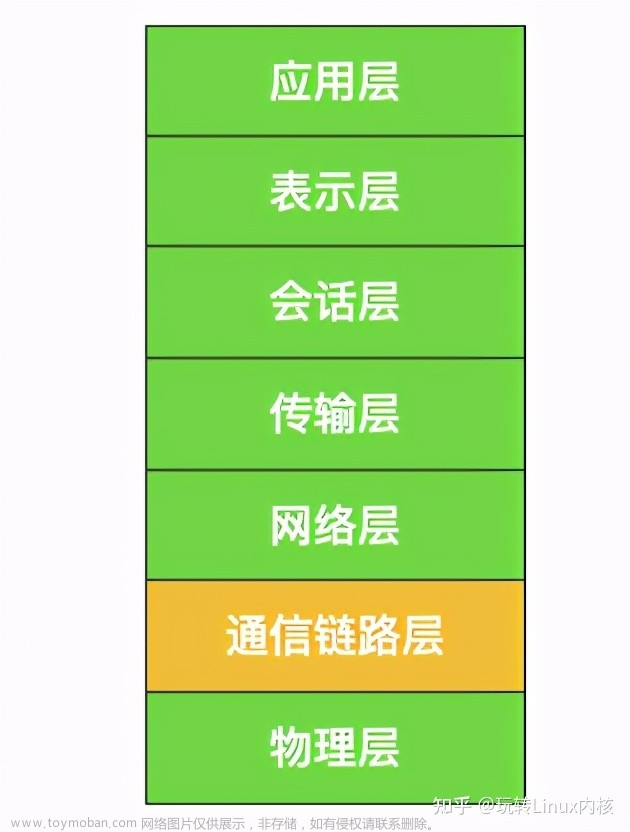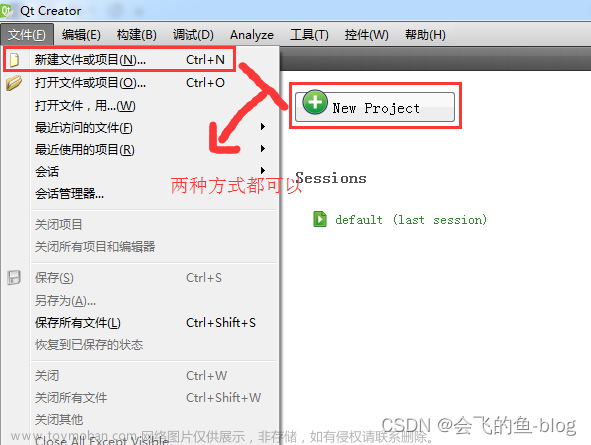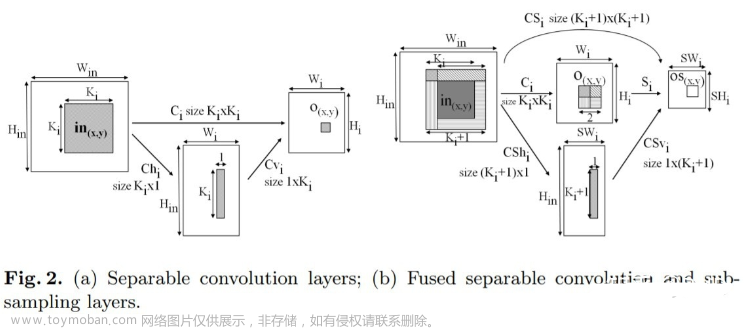SpringBoot是目前非常流行的一个Java开发框架,它以简洁的配置和快速的开发效率著称。在实际应用中,单点登录是一个非常重要的功能,它可以让用户在多个应用系统中使用同一个账号登录,提高用户体验和安全性。本文将详细讲解如何在SpringBoot中实现单点登录功能,并提供流程图和源码demo供大家参考。
一、单点登录的概念和原理
单点登录(Single Sign On,简称SSO)是指用户只需要登录一次,就可以在多个应用系统中使用同一个账号登录。它的工作原理是通过一个中心认证系统来管理用户的登录状态,当用户在其中一个应用系统中登录成功后,中心认证系统会生成一个令牌(Token),并将该令牌存储在用户的浏览器中。当用户访问其他应用系统时,该系统会向中心认证系统发送一个认证请求,中心认证系统会验证该请求的合法性,并将用户的登录状态返回给该应用系统。这样,用户就可以在多个应用系统中使用同一个账号登录,而无需重复输入用户名和密码。
二、SpringBoot中实现单点登录的步骤
- 集成Spring Security
Spring Security是Spring框架中用于安全认证和授权的模块,它提供了一系列的安全特性,包括身份认证、访问控制、密码加密等。在SpringBoot中,我们可以通过引入spring-boot-starter-security依赖来集成Spring Security。
- 配置认证服务器
在Spring Security中,认证服务器是用于管理用户登录状态和生成令牌的核心组件。我们需要在SpringBoot中配置一个认证服务器,并指定其认证方式、用户信息来源、令牌生成规则等。下面是一个简单的认证服务器配置示例:
@Configuration
@EnableAuthorizationServer
public class AuthorizationServerConfig extends AuthorizationServerConfigurerAdapter {
@Autowired
private AuthenticationManager authenticationManager;
@Autowired
private UserDetailsService userDetailsService;
@Autowired
private TokenStore tokenStore;
@Override
public void configure(ClientDetailsServiceConfigurer clients) throws Exception {
clients.inMemory()
.withClient("client")
.secret("{noop}secret")
.authorizedGrantTypes("password", "refresh_token")
.scopes("read", "write")
.accessTokenValiditySeconds(3600)
.refreshTokenValiditySeconds(86400);
}
@Override
public void configure(AuthorizationServerEndpointsConfigurer endpoints) throws Exception {
endpoints.authenticationManager(authenticationManager)
.userDetailsService(userDetailsService)
.tokenStore(tokenStore);
}
}
在上述配置中,我们通过@EnableAuthorizationServer注解启用了认证服务器,并指定了认证方式为密码认证和刷新令牌,用户信息来源为自定义的UserDetailsService实现类,令牌存储方式为内存存储。
- 配置资源服务器
在Spring Security中,资源服务器是用于保护应用系统中的资源,只有经过认证和授权的用户才能访问。我们需要在SpringBoot中配置一个资源服务器,并指定其保护的资源、访问规则等。下面是一个简单的资源服务器配置示例:
@Configuration @EnableResourceServer public class ResourceServerConfig extends ResourceServerConfigurerAdapter { @Override public void configure(HttpSecurity http) throws Exception { http.authorizeRequests() .antMatchers("/api/**").authenticated() .anyRequest().permitAll(); } }
在上述配置中,我们通过@EnableResourceServer注解启用了资源服务器,并指定了保护的资源为/api/**,访问规则为需要认证的用户才能访问。
- 配置客户端
在单点登录中,客户端是指需要接入认证服务器的应用系统。我们需要在SpringBoot中配置一个客户端,并指定其接入认证服务器的方式、令牌获取规则等。下面是一个简单的客户端配置示例:
@Configuration @EnableOAuth2Sso public class OAuth2SsoConfig extends WebSecurityConfigurerAdapter { @Override protected void configure(HttpSecurity http) throws Exception { http.authorizeRequests() .antMatchers("/login/**", "/error/**").permitAll() .anyRequest().authenticated(); } }
在上述配置中,我们通过@EnableOAuth2Sso注解启用了客户端,并指定了登录页面和错误页面的访问规则,以及需要认证的用户才能访问的其他页面的访问规则。
- 配置单点登录
在上述步骤完成后,我们已经可以在应用系统中实现基本的认证和授权功能了。但是,如果我们需要实现单点登录,还需要进行一些额外的配置。具体来说,我们需要在认证服务器和客户端之间建立信任关系,以便客户端可以通过认证服务器获取令牌,并在其他应用系统中使用该令牌登录。下面是一个简单的单点登录配置示例:
@Configuration public class SsoConfig { @Autowired private ResourceServerProperties resourceServerProperties; @Autowired private AuthorizationServerProperties authorizationServerProperties; @Bean public RemoteTokenServices remoteTokenServices() { RemoteTokenServices remoteTokenServices = new RemoteTokenServices(); remoteTokenServices.setCheckTokenEndpointUrl(authorizationServerProperties.getCheckTokenEndpointUrl()); remoteTokenServices.setClientId(resourceServerProperties.getClientId()); remoteTokenServices.setClientSecret(resourceServerProperties.getClientSecret()); return remoteTokenServices; } @Bean public FilterRegistrationBean oauth2ClientFilterRegistration(OAuth2ClientContextFilter filter) { FilterRegistrationBean registration = new FilterRegistrationBean(); registration.setFilter(filter); registration.setOrder(-100); return registration; } @Bean @ConfigurationProperties("security.oauth2.client") public AuthorizationCodeResourceDetails authorizationCodeResourceDetails() { return new AuthorizationCodeResourceDetails(); } @Bean @ConfigurationProperties("security.oauth2.resource") public ResourceServerProperties resourceServerProperties() { return new ResourceServerProperties(); } @Bean public OAuth2RestTemplate oauth2RestTemplate(OAuth2ClientContext oauth2ClientContext) { return new OAuth2RestTemplate(authorizationCodeResourceDetails(), oauth2ClientContext); } } 文章来源:https://www.toymoban.com/news/detail-716165.html
在上述配置中,我们通过配置RemoteTokenServices实现了认证服务器和客户端之间的信任关系,通过配置OAuth2ClientContextFilter实现了客户端的过滤器,通过配置AuthorizationCodeResourceDetails和ResourceServerProperties实现了客户端的认证和授权规则,通过配置OAuth2RestTemplate实现了客户端的令牌获取和使用。文章来源地址https://www.toymoban.com/news/detail-716165.html
到了这里,关于生成一篇博客,详细讲解springboot的单点登录功能,有流程图,有源码demo的文章就介绍完了。如果您还想了解更多内容,请在右上角搜索TOY模板网以前的文章或继续浏览下面的相关文章,希望大家以后多多支持TOY模板网!

